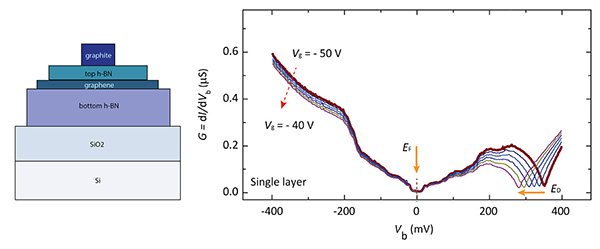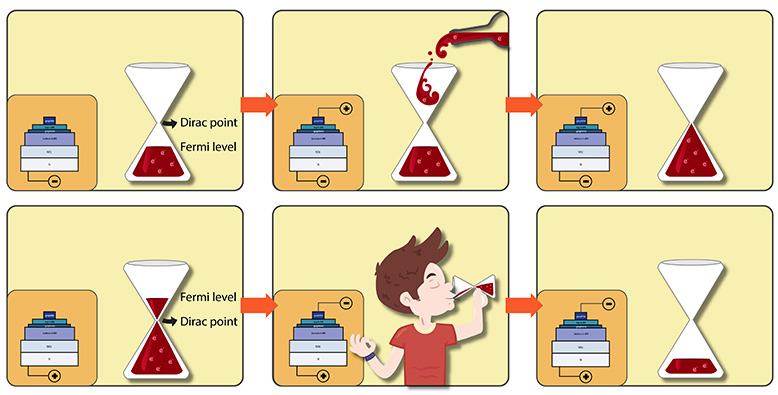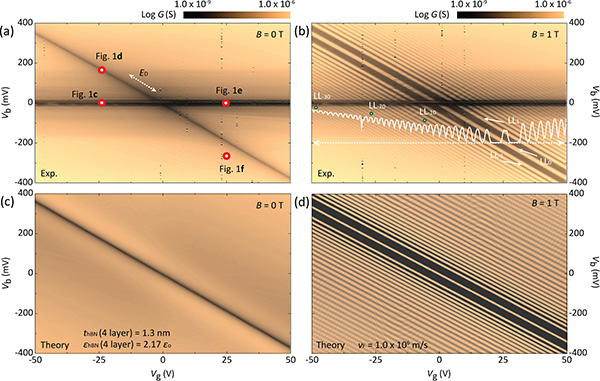주메뉴
- About IBS 연구원소개
-
Research Centers
연구단소개
- Research Outcomes
- Mathematics
- Physics
- Center for Underground Physics
- Center for Theoretical Physics of the Universe (Particle Theory and Cosmology Group)
- Center for Theoretical Physics of the Universe (Cosmology, Gravity and Astroparticle Physics Group)
- Dark Matter Axion Group
- Center for Artificial Low Dimensional Electronic Systems
- Center for Theoretical Physics of Complex Systems
- Center for Quantum Nanoscience
- Center for Exotic Nuclear Studies
- Center for Van der Waals Quantum Solids
- Center for Relativistic Laser Science
- Chemistry
- Life Sciences
- Earth Science
- Interdisciplinary
- Center for Neuroscience Imaging Research (Neuro Technology Group)
- Center for Neuroscience Imaging Research (Cognitive and Computational Neuroscience Group)
- Center for Algorithmic and Robotized Synthesis
- Center for Genome Engineering
- Center for Nanomedicine
- Center for Biomolecular and Cellular Structure
- Center for 2D Quantum Heterostructures
- Center for Quantum Conversion Research
- Institutes
- Korea Virus Research Institute
- News Center 뉴스 센터
- Career 인재초빙
- Living in Korea IBS School-UST
- IBS School 윤리경영


주메뉴
- About IBS
-
Research Centers
- Research Outcomes
- Mathematics
- Physics
- Center for Underground Physics
- Center for Theoretical Physics of the Universe (Particle Theory and Cosmology Group)
- Center for Theoretical Physics of the Universe (Cosmology, Gravity and Astroparticle Physics Group)
- Dark Matter Axion Group
- Center for Artificial Low Dimensional Electronic Systems
- Center for Theoretical Physics of Complex Systems
- Center for Quantum Nanoscience
- Center for Exotic Nuclear Studies
- Center for Van der Waals Quantum Solids
- Center for Relativistic Laser Science
- Chemistry
- Life Sciences
- Earth Science
- Interdisciplinary
- Center for Neuroscience Imaging Research (Neuro Technology Group)
- Center for Neuroscience Imaging Research (Cognitive and Computational Neuroscience Group)
- Center for Algorithmic and Robotized Synthesis
- Center for Genome Engineering
- Center for Nanomedicine
- Center for Biomolecular and Cellular Structure
- Center for 2D Quantum Heterostructures
- Center for Quantum Conversion Research
- Institutes
- Korea Virus Research Institute
- News Center
- Career
- Living in Korea
- IBS School
News Center
A New Platform to Study Graphene's Electronic Properties- IBS scientists model the electronic structure of graphene - Graphene's unusual electronic structure enables this extraordinary material to break many records of strength, electricity and heat conduction. Physicists at the Center for Theoretical Physics of Complex Systems (PCS), in collaboration with the Research Institute for Standards and Science (KRISS), used a model to explain the electronic structure of graphene measured by a new spectroscopic platform. These techniques, published in the journal Nano Letters, could promote future research on stable and accurate quantum measurements for new 2D electronics. Recently, interest in 2D materials has risen exponentially in both academia and industry. These materials are made by extremely thin sheets, which have different physical properties compared to conventional 3D materials. Moreover, when different 2D sheets are stacked on the top of each other, new electrical, optical, and thermal properties emerge. One of the most promising and much studied 2D materials is graphene: a single sheet of carbon atoms. In order to study the electronic properties of both single and double layer graphene, the team constructed a nanodevice with graphene sandwiched between two layers of an insulating material known as hexagonal boron nitride (hBN). On top of this device they placed graphite as electrode. Graphite is essentially made up of hundreds of thousands of layers of graphene. The bottom layer consisted of one layer of silicon and one of silica. By tuning the voltages applied via the graphite and the silicon, the scientists measured the changes in the conductance of graphene, which reflects its electronic properties. The electrons of graphene have a particular energy structure, represented by the so-called Dirac cone, which is actually made by two cones that look like a sandglass, with only an infinitesimally small point in between (Dirac Point). You can think of it as an unusual cocktail glass shaped liked a sandglass, where the drink plays the function of the graphene's electrons. At temperature close to zero Kelvin (-273 degrees Celsius), the electrons pack into the lowest available energy states and fill up the double-cone glass from the bottom up, until a certain energy level, called Fermi level, is reached. Applying a negative voltage via the silicon and graphite layers is equivalent to drinking from the glass, while a positive voltage has the same effect as adding liquid to the glass. Through modulating the applied voltages, the scientists could deduce the electronic structure of graphene by following the Fermi level. In particular, they noticed that when the voltage applied to graphite is around 350 milliVolts, there is a dip in the conductance measurement, by which the Fermi level matches with the Dirac point. This is a well-known property of single layer graphene.
Graphene single layer's electrical properties change when a magnetic field is applied. In this case, instead of a sandglass cocktail glass, the energy of the electrons is more similar to a ladder where electrons of increasing energies can be found on the higher rungs. Gaps between the ladder rungs are devoid of electrons, while the steps fill with electrons from the bottom upwards. Interestingly, the data obtained by the scientists of KRISS was successfully reproduced by the theoretical physicists at IBS showed more than 40 rungs, technically known as Landau levels. Each level clearly distinguished because of the low background noise.
Beyond single layer graphene, the scientists could also match the theoretical and experimental data relative to the electronic properties of bilayer graphene. Double layer graphene, has a different conductance behavior with a broader dip, better known as an energy gap. In the presence of an electric field perpendicular to it, this energy gap makes double layer graphene more similar to the current tunable semiconductors. "We used an intuitive model to reproduce the experimental measurement and we gave a theoretical explanation to why these energy configurations form with single and double layer graphene," explains MYOUNG Nojoon, first co-author of this study. "This model provides a gauge between voltages and energy in spectroscopic measurements, and we believe that this is a fundamental step to study graphene's electronic properties further." Letizia Diamante Notes for editors - References - Media Contact - About the Institute for Basic Science (IBS) |
|||
Center for Theoretical Physics of Complex SystemsPublication Repository |
|||
|
|
| before | |
|---|---|
| before |
- Content Manager
- Public Relations Team : Yim Ji Yeob 042-878-8173
- Last Update 2023-11-28 14:20















